Fresh or Dried Tarragon: Key Herb Differences
Fresh tarragon brings vibrant anise-like flavor to dishes with its bright green leaves and aromatic profile.
Culinary herbs shine in French cuisine, particularly in classic béarnaise sauce and delicate fish preparations.
Many chefs prefer fresh tarragon for its intense licorice notes that dried versions can't fully capture.
The dried alternative still offers convenience when fresh isn't available, though with somewhat diminished potency.
These two forms require different measurement considerations since dried tarragon concentrates its flavors.
Most home cooks find having both options in their pantry provides maximum flexibility for various recipes.
Soon you'll understand exactly when to use each type for the best culinary results in your kitchen creations.
Discover The World of Tarragon Herb
Tarragon is a wonderful herb that adds a unique, slightly sweet, and licorice-like flavor to dishes. It’s especially popular in French cooking and is often used to brighten up sauces, dressings, and chicken or fish recipes.
Fresh tarragon has delicate, slender leaves that bring a lovely aroma and a touch of elegance to your meals. If you’ve never cooked with it before, start by adding a little - it has a strong flavor that can easily take over a dish if you use too much.
Whether you sprinkle it into a salad dressing or stir it into creamy sauces, tarragon is a simple way to give your cooking a fresh and interesting twist!
History Of Tarragon
Tarragon's journey to our kitchens spans only about 600 years, making it a relatively modern addition to culinary history. Many historians believe the Mongol invasions of Europe brought this herb alongside their conquests.
Originally from Siberia, tarragon made its European debut in the 13th century, where an interesting twist occurred - the European variety eventually surpassed its Siberian ancestor in flavor and quality.
French chefs fell deeply in love with this aromatic herb, incorporating it into numerous classic sauces and signature dishes.
As French cuisine gained worldwide recognition and popularity, tarragon secured its place as an essential herb in kitchens across the globe.
Taste Of Tarragon
Tarragon has a distinctive floral scent with such intensity that people either adore or completely avoid it, though its aroma includes lovely hints of mint and vanilla beneath the boldness.
This herb has a sweet yet somewhat bitter taste profile, similar to licorice, fennel and anise but with greater punch than all three combined.
Too much of this potent herb sprinkled over dishes can quickly turn them bitter, so moderation works best when cooking with it.
Tarragon Lifespan And Harvesting
Tarragon stands as a perennial herb that thrives both in the wild and home gardens, remaining productive for 3 to 4 years before replacement becomes necessary.
Spring, summer, and early fall offer the best harvesting times, when a sharp garden scissor works perfectly for trimming stems while leaving enough leaves for the plant's survival.
This fine herb can only multiply from cut stems or roots, not seeds, and its name comes from a Latin word meaning "little dragon" - a reference to its twisting, snake-like root system.
Fresh vs. Dried Tarragon: How Are They Different?
The choice between fresh or dried really comes down to what you're making and when you plan to use it because there are several differences between them.
Both versions can enhance your meals wonderfully, just adjust quantities accordingly for the best taste results.
Now, let's see their dissimilarities between fresh and dried tarragon in this brief table.
| Aspect | Fresh Tarragon | Dried Tarragon |
| Texture | Long, slender, bright green leaves; tender and perky. | Crisp, coarse, or ground into powder; color varies from pale green to brownish depending on drying method. |
| Flavor | Lively, diverse, delicate, with a sweet aroma. | Spicier, more concentrated, intense but less complex; aroma weaker, slightly smoky or burned. |
| Aroma | Strong, fresh, highly aromatic due to essential oils. | Weaker scent with smoky undertones; some essential oils lost in drying. |
| Durability | Poor durability; loses flavor quickly; best added at end of cooking. | Better durability; retains flavor after long storage and slow cooking. |
| Availability | More expensive, less available; not always in stock. | Widely available and affordable. |
| Shelf Life & Storage | Short shelf life (10-14 days); keep refrigerated wrapped in damp towel or plastic bag. | Long shelf life (1-3 years); store in cool, dark place with airtight lid; no refrigeration needed. |
| Best Uses | Fresh dishes, salads, sauces (like Béarnaise), garnishes; add at the end or after cooking. | Long-cooked dishes like stews and braises; seasoning meat, fish, poultry before cooking. |
Texture, Color, And Flavor
Fresh tarragon features long, slender, bright green leaves with a delicate, tender texture that adds a vibrant, fresh touch to dishes, both visually and in flavor. It has a lively, complex tastesweet and slightly anise-like - with a fragrant, herbal aroma thanks to its rich essential oils.
In contrast, dried tarragon varies in texture from crisp leaves to fine powder, with colors ranging from pale green to brownish depending on drying. Its flavor is spicier and more concentrated but less complex and fresh, often carrying a smoky or slightly burnt scent due to the loss of essential oils during drying.
While fresh tarragon is perfect for finishing dishes and adding brightness, dried tarragon’s intense flavor is ideal for slow-cooked recipes where it can mellow and infuse deeply.
Durability
Fresh tarragon is quite fragile and loses its flavor quickly, especially when exposed to heat or prolonged storage. It’s best to add fresh tarragon at the end of cooking or as a garnish to preserve its bright taste.
If cooked for too long, the fresh leaves can turn bitter and lose their pleasant aroma. In contrast, dried tarragon is far more durable.
It maintains its flavor even after months of storage and during slow, long cooking processes.
This stability makes dried tarragon ideal for stews, braises, and recipes requiring extended cooking times.
Availability
Fresh tarragon tends to be more expensive and less readily available. It’s a tender herb that doesn’t ship or store well, so not all markets carry it year-round.
Without a personal herb garden, securing fresh tarragon can sometimes be a challenge. Dried tarragon is widely available, affordable, and easy to keep on hand.
This makes it a convenient pantry staple for everyday cooking, especially in areas where fresh herbs are harder to find.
Shelf Life And Storage Condition
Fresh tarragon has a short shelf life, typically lasting about 10 to 14 days when properly stored in the refrigerator.
Dried tarragon, by contrast, boasts a much longer shelf life, ranging from one to three years when stored properly.
It should be kept in a cool, dark place in an airtight container to protect it from heat, light, and moisture, which can degrade the flavor.
Suitable Dishes For Each Variety
Fresh tarragon shines in recipes that use little or no heat, preserving its delicate flavor and aroma. It’s commonly added to salads, dressings, and classic French sauces like Béarnaise.
It also makes a lovely garnish that adds a fresh herbal note just before serving.
Meanwhile, dried tarragon is better suited for dishes that require long cooking times, such as stews, braised meats, and slow-roasted poultry or fish.
Its intense flavor mellows and blends beautifully during extended cooking, seasoning the dish deeply.
Using each type of tarragon in its ideal context will bring out the best in your recipes.
How To Dry Tarragon
Fresh tarragon from your garden can pile up quickly when your plants thrive, leaving you with more than needed for meals. Adding too much to dishes isn't ideal, so drying becomes the perfect solution.
Dried tarragon not only keeps for months but sometimes delivers better flavor than its fresh counterpart in certain recipes. Keep reading and make the job simple and ensure your tarragon stays flavorful until the next growing season rolls around.
Hanging Dry
Step 1: Bundle the Tarragon
Tie tarragon stems into small wrist-sized bunches. Space the bundles apart to allow air circulation.
Cover with a breathable bag (not touching the herbs) with holes to keep dust out.
Step 2: Hang to Dry
Hang the bundles upside down in a well-ventilated, shaded area for 1–2 weeks until leaves are crisp and brown.
Once fully dried, strip the leaves from the stems and store them in an airtight container.
Rack Drying
Step 1: Set Up the Drying Rack
Stretch cheesecloth or a kitchen towel over a wooden frame, or use a drying tray. Spread your tarragon evenly on the rack.
Step 2: Dry the Tarragon
Place the rack in a warm, well-ventilated, shaded area. Stir the herbs regularly.
After 2–3 days, once dry, remove the leaves and store them in an airtight container.
Oven Drying
Step 1: Prepare the Baking Tray
Remove tarragon leaves from stems and spread them evenly on a cookie sheet or cooling rack.
Step 2: Dry in the Oven
Set the oven to its lowest temperature (180°F or below).
Dry the leaves for about 1 hour, turning them every 30 minutes.
Once dry and crisp, let them cool before storing in an airtight container.
Watch closely to avoid burning.
Microwave Drying
Step 1: Prepare the Microwave Tray
Place a thin layer of tarragon leaves between two paper towels on a microwave-safe plate.
Step 2: Dry in the Microwave
Microwave on high, checking and flipping the leaves every 30 seconds.
Stop once the leaves are crisp, being careful not to burn them.
Using A Dehydrator
Step 1: Rinse and pat dry the tarragon; remove leaves from stems.
Step 2: Spread leaves in a single layer on dehydrator trays without overlapping.
Step 3: Set the dehydrator to 95°F–115°F (35°C–46°C).
Step 4: Dry for 1–4 hours, checking regularly after the first hour.
Step 5: Stop when leaves are crisp and crumble easily. Let leaves cool, then store in an airtight container away from light and heat.
Bringing Dried Tarragon Back to Life With Simple Steps
Step 1: Decide why you want to moisturize your dried tarragon - either to soften it or to restore some fresh flavor (though not all nuances can be recovered).
Step 2: Immerse the dried tarragon in warm water in a bowl for 10 minutes.
Step 3: Strain the tarragon and use it immediately in cooking.
Step 4: For salads or sauces, soak the dried tarragon in oil or vinegar instead for a stronger flavor.
Step 5: To boost flavor when soaking in water, add slices of orange, lemon, or lime peel to release essential oils that enhance the herb’s aroma.
Discovering Tarragon Varieties
Tarragon comes in different varieties, each with unique characteristics worth knowing about.
French Tarragon
Tarragon made its way from cold Siberia to Europe's milder climate, where it flourished beautifully. French tarragon stands out as the top choice for cooking, beloved by chefs across the globe.
Most recipes calling for tarragon specifically need this French variety, which boasts an intense and exciting flavor profile. The herb's wonderful fragrance enhances any dish and maintains its distinct taste remarkably well over time.
Growing French tarragon at home can be challenging since the plant needs special attention and doesn't tolerate extreme temperatures. Propagation presents another hurdle because this variety doesn't produce viable seeds.
Russian Tarragon
Russian tarragon, also called wild tarragon, is a hardy herb native to Russia and parts of Eastern Europe. Unlike French tarragon, it has a milder, less refined flavor that’s more bitter and woody, making it less popular for culinary use.
However, Russian tarragon is easier to grow and more drought-tolerant, often used as a rootstock for grafting French tarragon. While it can be used in cooking, its flavor is not as delicate or aromatic, so it’s usually preferred for ornamental or medicinal purposes rather than gourmet dishes.
Mexican Tarragon
Mexican tarragon, also known as Tagetes lucida or Mexican mint marigold, is a flavorful herb native to Mexico and Central America. It has a similar anise-like taste to French tarragon but with a slightly sweeter, more citrusy note.
Often used in Mexican and Latin American cooking, Mexican tarragon is popular for seasoning meats, soups, and sauces, and it’s also enjoyed as a tea.
It’s a hardy plant that grows well in warm climates and serves as a great alternative to traditional tarragon, especially where French tarragon is harder to find.
Spice Up Your Dishes with Tarragon
Fresh tarragon makes any dish taste amazing, and now you can spice up your meals with some tasty recipes.
French Chicken Tarragon
Sauteed chicken breasts make a wonderful companion for tarragon, especially when enhanced with butter and spices that create a mouthwatering combination. The creamy tarragon sauce takes this dish to another level when added in just the right amount.
While chicken tenderloin can work as a substitute, it doesn't quite match the flavor profile of chicken breast, so save that option for when your refrigerator is lacking your first choice.
Tarragon Shrimp Pasta
Shrimp pasta with creamy tarragon sauce takes any regular dinner to the next level. By adding some plump shrimp and rich sauce to basic egg noodles, this meal becomes truly special without much extra effort.
The aroma alone will make your stomach growl as the warm dish sits before you, ready to be devoured.
Tarragon Asparagus Salad
Asparagus paired with tarragon creates such an amazing taste that even people who don't like greens will ask for seconds. After one bite, the rich flavor combination might change your mind about vegetables forever.
Adding this zesty tarragon sauce over asparagus turns a simple side dish into something truly special.
Bearnaise Sauce
Bearnaise stands as a crown jewel among French sauces, earning its spot through rich flavor and refined technique. This buttery creation combines clarified butter with egg yolks and vinegar, but tarragon gives it that special character.
When making it at home, you face a small choice with big impact - fresh tarragon delivers bold, distinctive notes that really announce themselves, while dried tarragon mellows into the sauce for a more subtle presence throughout.
Tarragon Vinegar
Fresh tarragon lovers can skip the dried herbs by making tarragon-infused vinegar at home. This simple option packs all the wonderful scent and taste of tarragon in liquid form.
A quick splash over your salads or vegetables adds that special flavor boost without any fuss. The process couldn't be easier for anyone to try - just a few steps and you'll have your own homemade tarragon vinegar ready to use.
Got Questions? We’ve Got Solutions
1. Can I substitute dried tarragon for fresh in recipes?
Yes, you can substitute dried tarragon for fresh, but use about one-third the amount called for in the recipe. Dried tarragon is more concentrated and potent than fresh.
2. How long does fresh tarragon last in the refrigerator?
Fresh tarragon typically lasts 7-10 days when wrapped in slightly damp paper towels and stored in a plastic bag in the refrigerator.
3. Does dried tarragon ever go bad?
Dried tarragon doesn't spoil, but it loses potency over time. For best flavor, use within 1-2 years and store in a cool, dark place in an airtight container.
4. Which type of tarragon works better in sauces?
Fresh tarragon is ideal for delicate sauces like béarnaise where the bright, anise-like flavor shines. Dried tarragon works better in long-cooking sauces where it has time to rehydrate and release flavor.

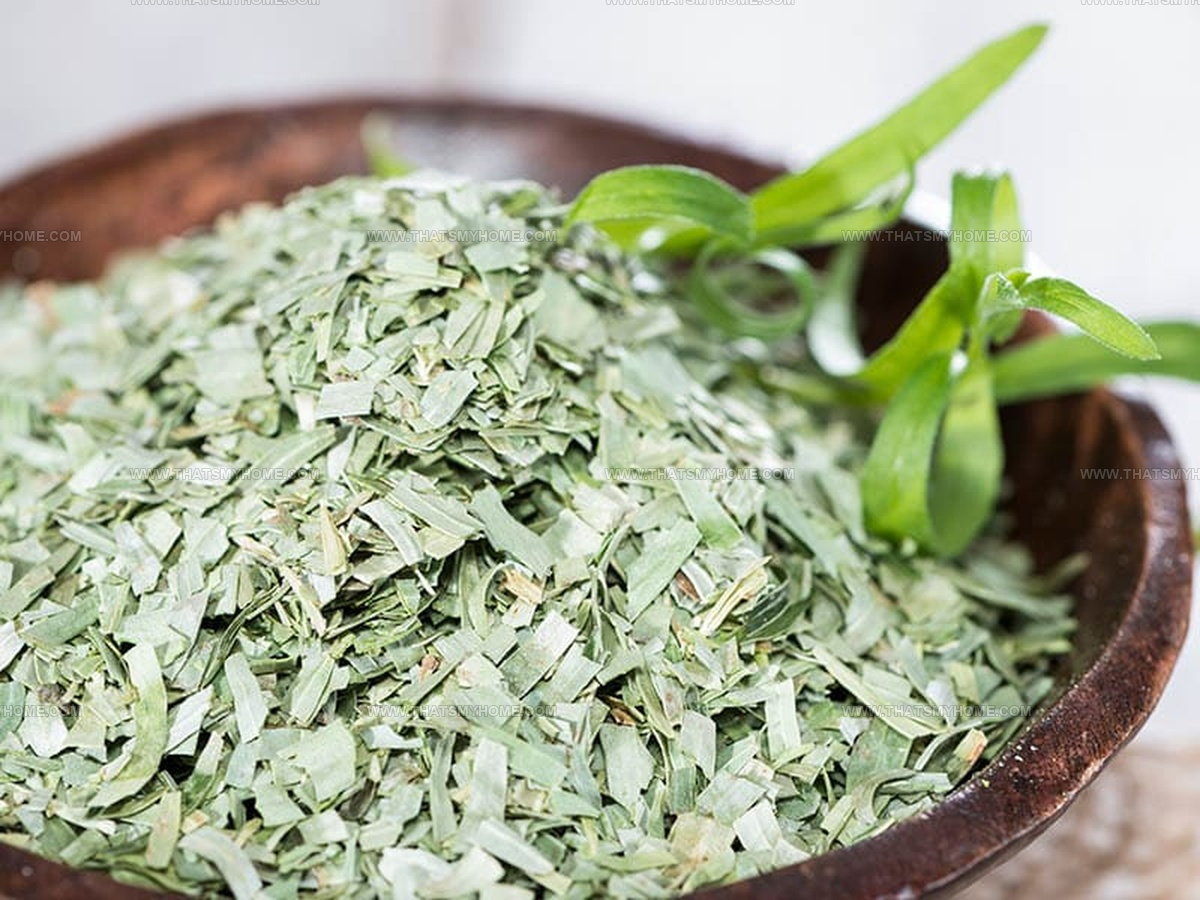
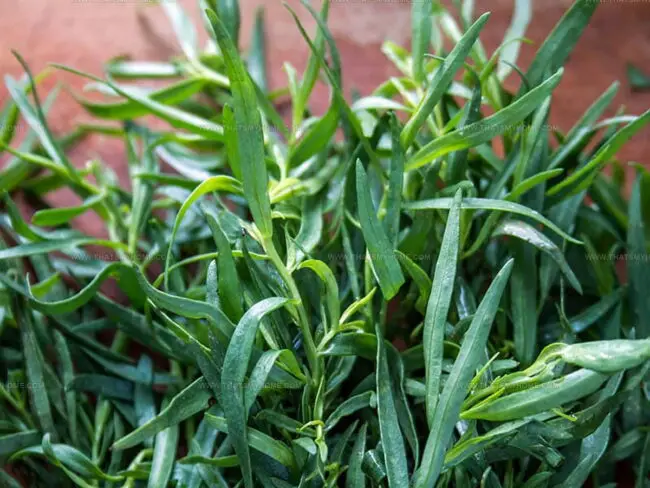
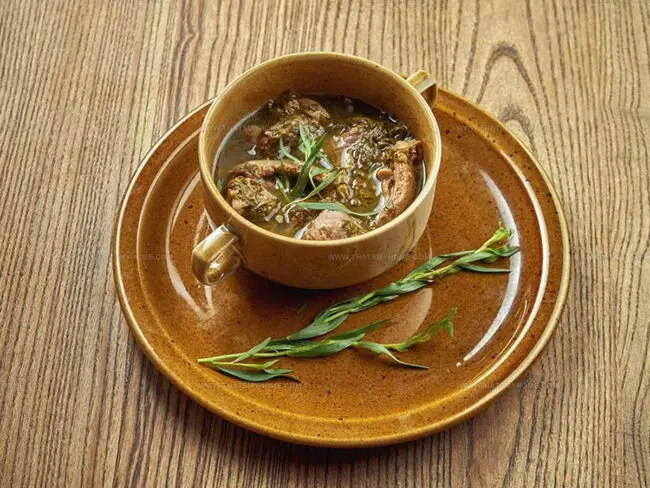
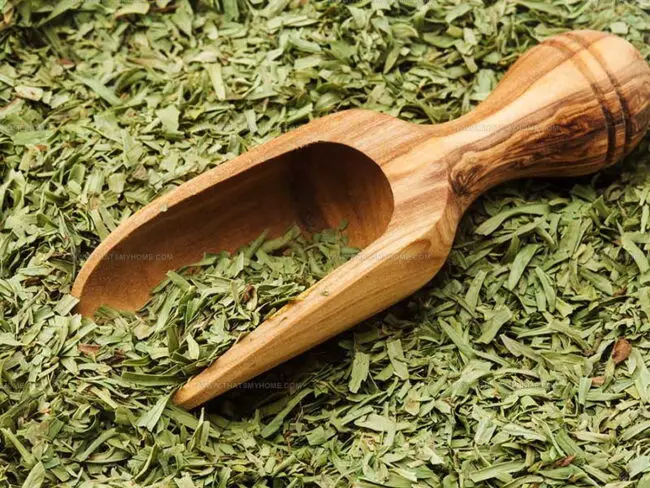

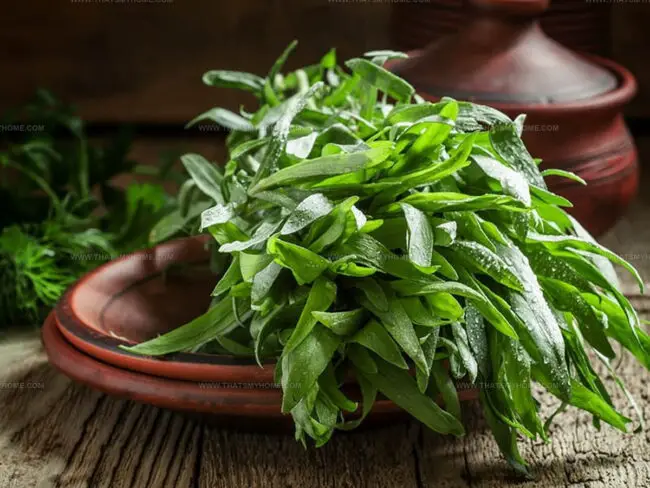
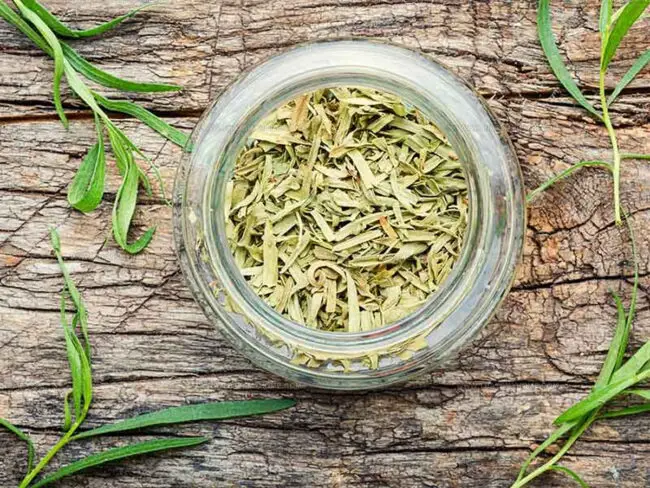
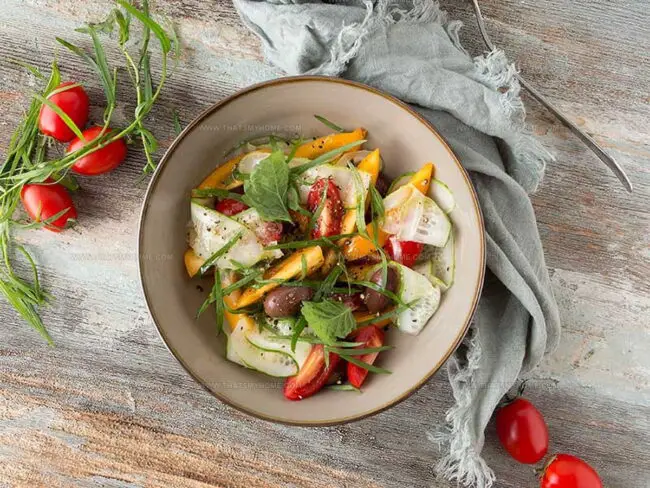
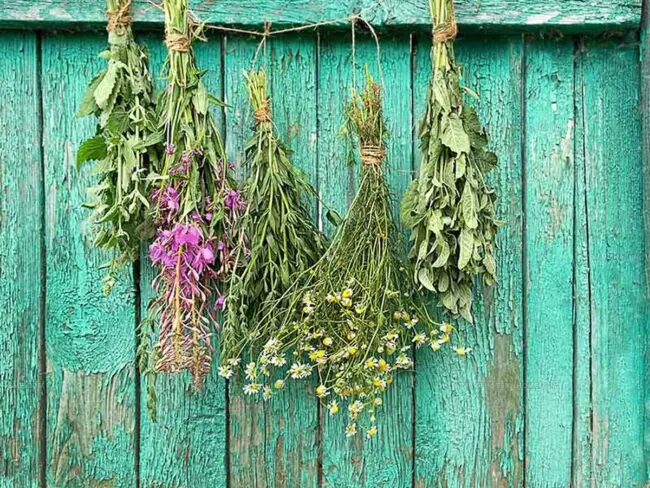

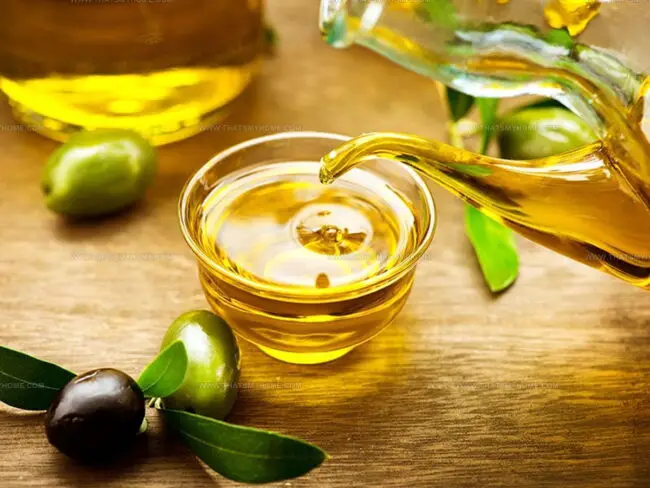
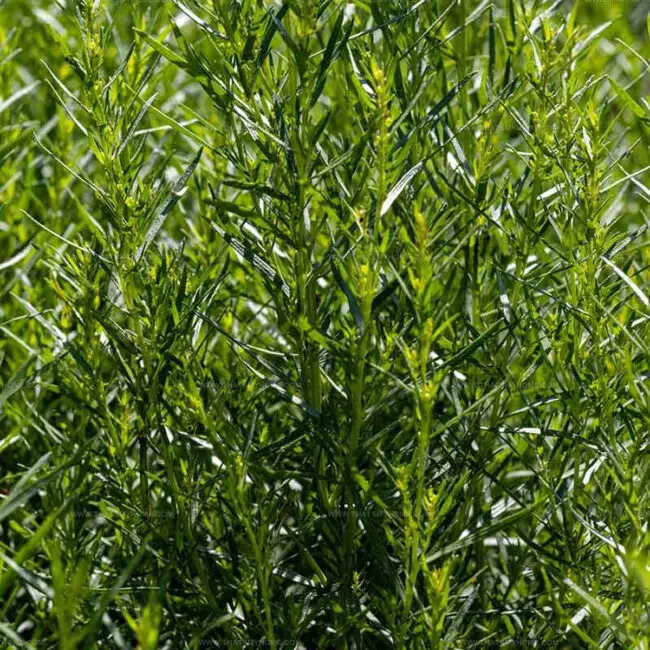

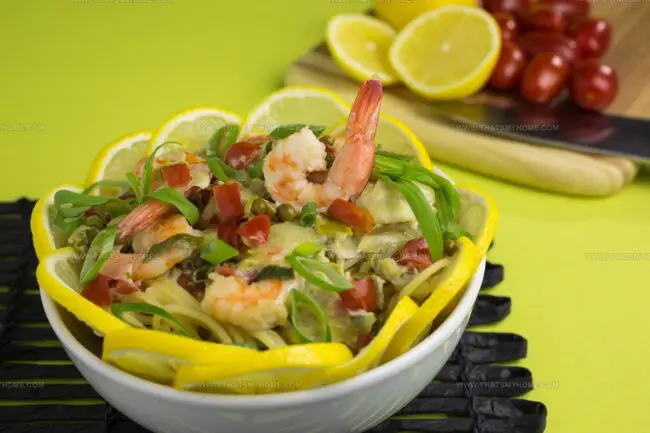
Mary Ellen
Expertise
Education